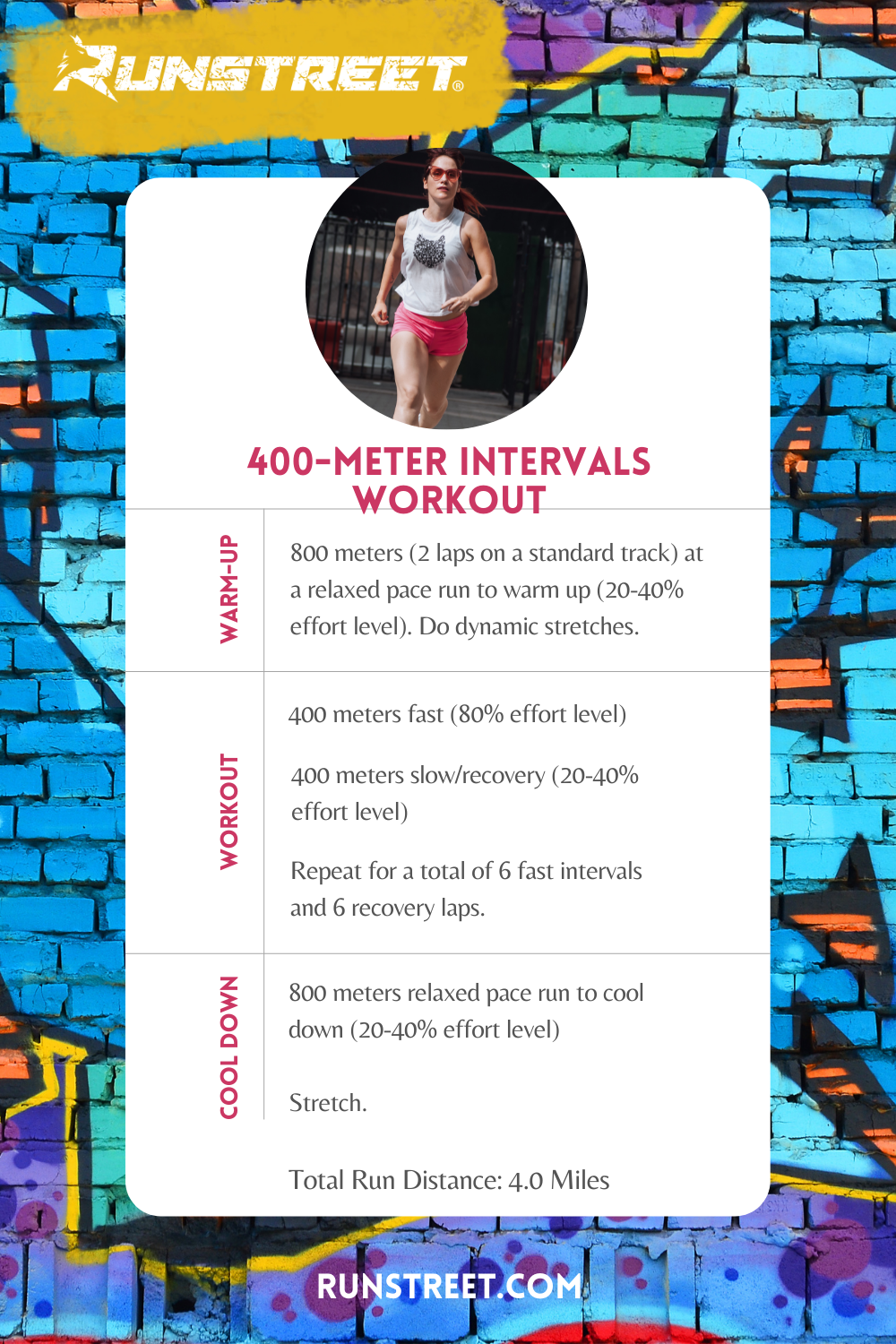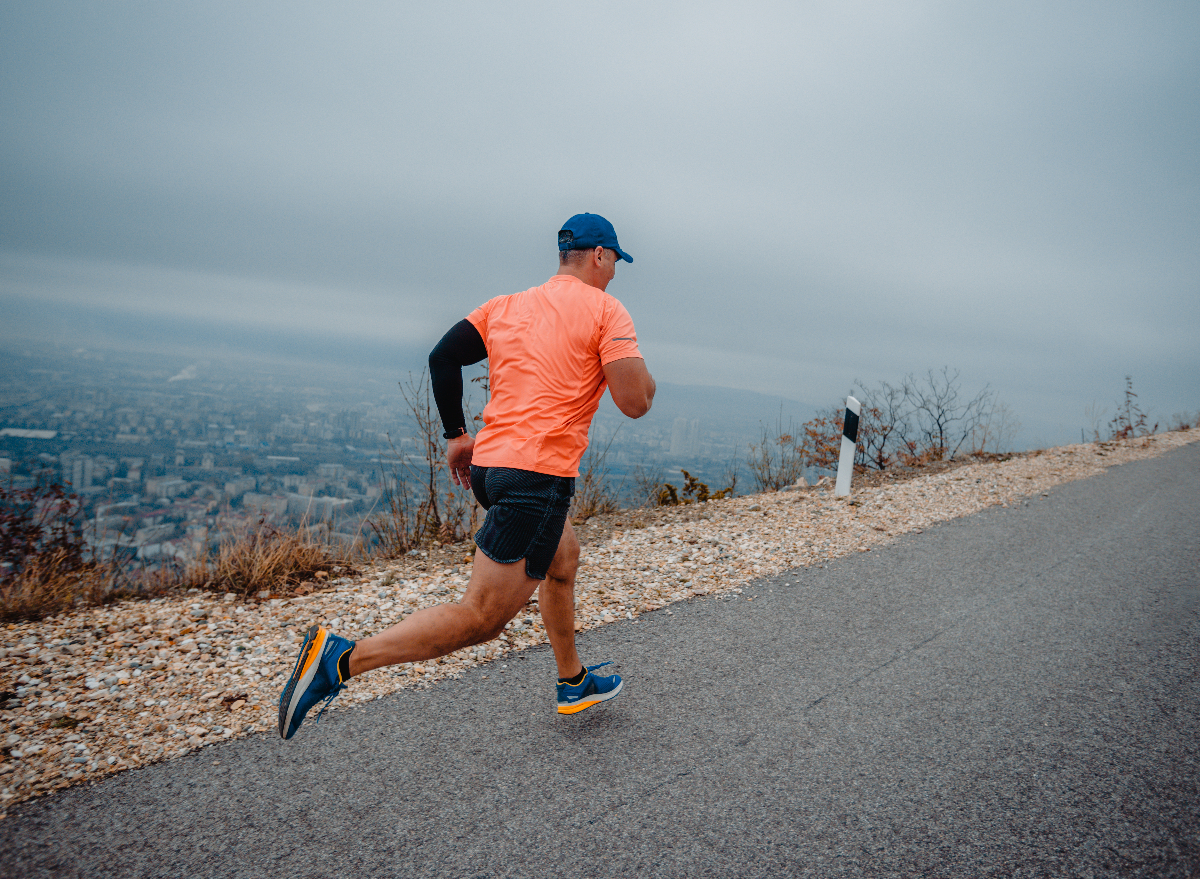Handling Typical Running Discomforts: Causes, Solutions, and Prevention
As joggers, we frequently encounter various discomforts that can impede our efficiency and enjoyment of this exercise. From the incapacitating pain of shin splints to the nagging IT band syndrome, these typical running discomforts can be frustrating and demotivating. Understanding the causes behind these ailments is vital in successfully addressing them. By discovering the origin reasons for these running pains, we can reveal targeted options and safety nets to ensure a smoother and more fulfilling running experience (click to read more).
Usual Running Discomfort: Shin Splints
Shin splints, a typical running pain, typically arise from overuse or incorrect footwear throughout exercise. This condition, medically known as medial tibial tension disorder, shows up as discomfort along the inner edge of the shinbone (shin) and is widespread among professional athletes and joggers. The repeated anxiety on the shinbone and the cells affixing the muscular tissues to the bone results in swelling and pain. Joggers who rapidly raise the strength or duration of their workouts, or those who have level feet or improper running strategies, are particularly at risk to shin splints.
To stop shin splints, individuals need to slowly enhance the intensity of their exercises, wear proper footwear with appropriate arch assistance, and preserve adaptability and strength in the muscular tissues bordering the shin (running strategy). Additionally, integrating low-impact activities like swimming or cycling can assist preserve cardiovascular physical fitness while allowing the shins to heal.
Typical Running Pain: IT Band Disorder
In addition to shin splints, another prevalent running pain that professional athletes usually come across is IT Band Disorder, a condition triggered by inflammation of the iliotibial band that runs along the outer upper leg and knee. IT Band Disorder normally materializes as pain on the exterior of the knee, specifically during activities like running or cycling. The iliotibial band is a thick band of fascia that connects the aware of the shin, and when it becomes irritated or limited, it can scrub versus the upper leg bone, leading to discomfort and discomfort.
Runners experiencing IT Band Disorder might discover a stinging or hurting experience on the external knee, which can get worse with ongoing activity. Variables such as overuse, muscle mass discrepancies, improper running type, or poor warm-up can add to the growth of this condition.
Typical Running Pain: Plantar Fasciitis

Plantar Fasciitis can be attributed to numerous aspects such as overtraining, inappropriate shoes, running on hard surface areas, or having high arcs or flat feet. To avoid and minimize Plantar Fasciitis, runners can integrate stretching workouts for the calves and plantar fascia, wear supportive footwear, keep a healthy and balanced weight to decrease stress on the feet, and gradually raise running strength to avoid unexpected tension on the plantar fascia. If signs and symptoms persist, it is suggested to speak with a health care specialist for appropriate medical diagnosis and treatment options to resolve the condition effectively.
Typical Running Pain: Runner's Knee
After dealing with the challenges of Plantar Fasciitis, one more common problem that joggers typically deal with is Runner's Knee, a typical running pain that can impede athletic efficiency and cause pain throughout physical task. Jogger's Knee, also recognized as patellofemoral discomfort disorder, shows up as pain around or behind the kneecap. Runners experiencing this pain might really feel a plain, hurting pain while running, going up or down stairways, or after extended periods of resting.
Typical Running Pain: Achilles Tendonitis
Frequently afflicting runners, Achilles Tendonitis is a painful condition that go to this site influences the Achilles ligament, triggering discomfort and prospective restrictions in physical task. The Achilles ligament is a thick band of cells that links the calf muscles to the heel bone, crucial for tasks like running, jumping, and strolling - excellent idea. Achilles Tendonitis commonly establishes due to overuse, inappropriate footwear, insufficient extending, or abrupt rises in exercise
Signs of Achilles Tendonitis consist of pain and stiffness along the ligament, especially in the morning or after periods of inactivity, swelling that gets worse with task, and potentially bone spurs in persistent cases. To protect against Achilles Tendonitis, it is crucial to extend properly before and after running, use appropriate footwear with appropriate support, slowly enhance the strength of workout, and cross-train to lower repeated stress and anxiety on the ligament.
Verdict
